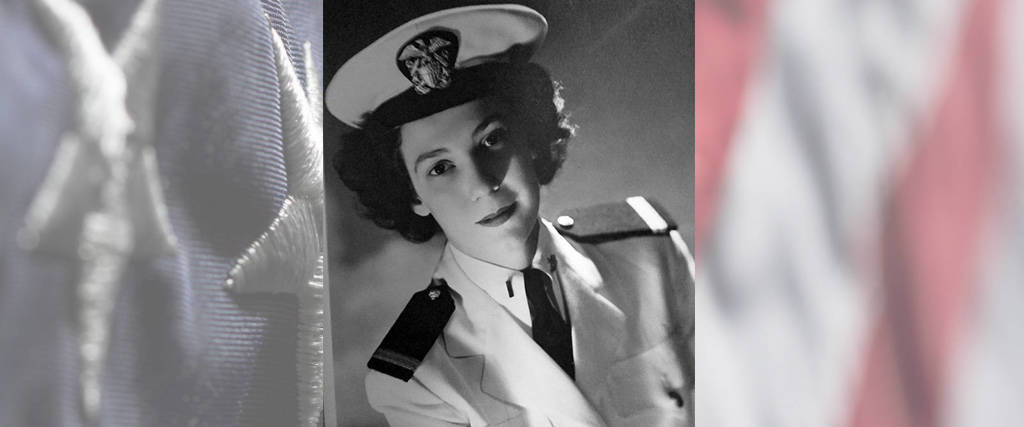U.S. Navy World War II Schererville, IN Flight date: September, 2019
By Al Rodriguez, Honor Flight Chicago Veteran Interviews Volunteer
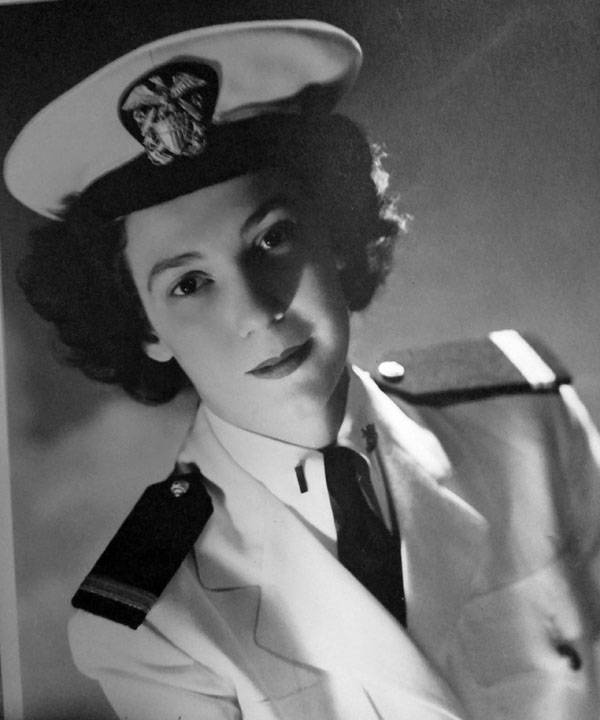
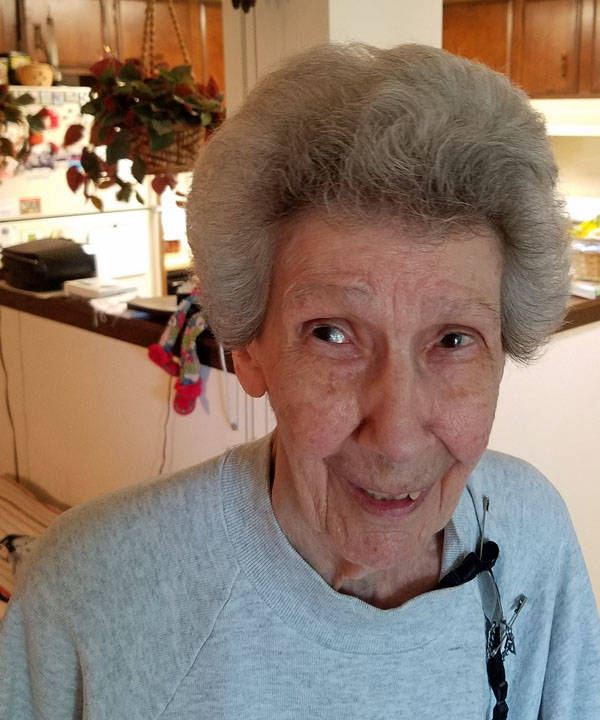
Early in life Clelia Ginay experienced a great deal of misfortune, but she persevered. She said “My life started when I joined the Navy.” Her enlistment certainly changed her life.
Born in New York City in 1921, her family of four included her mom, dad, and an older brother John. At the age of five, her mom passed away and the remaining family moved to Jersey City, New Jersey, to live with her aunt. Unfortunately, after a year, her aunt had additional family moving in that had emigrated from Italy and she could no longer provide housing for Clelia’s family. Her father could not work and take care of the children so Clelia and her brother were sent to separate orphanages. After six years there, her dad was finally able to bring them to his home in Jersey City. This was during the Great Depression when times were tough and food was scarce. Their diet consisted of French bread and green peas that her dad got from his job. Clelia’s father did not allow her to spend time away from the house, so school was the only socializing she did.
One day while walking to high school, she walked by the Christ Episcopalian Hospital which had a nurse dormitory on the campus. When she asked why the nurses had their own dormitory, she was told that the hospital was a training facility and the nurses lived there. This gave Clelia the idea to be a nurse. The thought of being able to learn, socialize and live in a dormitory setting proved enticing. The only problem was that the tuition was $300 and that was a lot of money at that time. But she was determined and constantly asked her father for the money. He refused, but she was persistent. For the next two years, she asked her father constantly for the tuition. When she graduated from high school in 1940, her father had still not given her the money. She asked the hospital administrator if she could work her way through school but they said no, the payment had to be made prior to entering school. Finally, understanding that Clelia was serious, her Dad gave her the tuition money.
At the end of her nurse’s training as she was about to take the state boards for her nurse’s license, she learned that her brother, Army Private John Baldassari was killed in action in Sicily. She was excused from taking the tests, but she insisted on taking them anyway. A few weeks later, she was notified that she had passed the board. With her nurse’s license and the country being at war, she thought about enlisting in the military. She joined the Navy because of the posters saying, “Join the Navy, see the world.” She was sent to Portsmouth, Virginia, for training. The first thing that surprised her was the amount of food they served for one person to eat. The next was learning the Navy way of doing things, especially the terminology.
Clelia’s first assignment was at St. Alban’s Naval Hospital in Jamaica (Queens) New York. The hospital there was a ground level hospital. Because of the war, they kept it one story high in case it was bombed by the enemy. This meant a lot of walking from one ward to another. She was assigned to an orthopedic ward where there was one doctor, one nurse and four corpsman assigned to help 85 patients. Since she was the charge nurse and an officer, she was responsible for the corpsman and had to tell them what to do in Navy terminology. Clelia recalls, “You didn’t tell them to mop the floor but to swab the deck” or it wouldn’t get done. It was tough to differentiate between medical terms and Navy terms because sometimes they were the same.
In treating the Navy and Marine servicemen, the one thing she especially remembers were the foot problems of the Marines that fought in the battle for Guadalcanal. Many had stepped on mines and other booby traps set by the Japanese. She fondly recalls how, while working there, she got the nickname “Blackie.” There was a patient that was looking for her and didn’t know her name, so he asked for the girl with black hair and black eyes!
Clelia met her future husband John Ginay while he was a patient at St. Albans. He asked her how he could get his dress blues dry cleaned because he had a date that evening. (She didn’t know then that he was preparing to ask her for that date). Clelia told him that it would take 24 hours for cleaning but she took his uniform with her. Although unable to clean it, she pressed it herself. When he saw his pressed uniform and found out she had pressed it, he immediately asked her for a date. Although working the 3-to-11 shift, she said Providence was looking out for her. She was able to get off 45 minutes early and they were able to have a dinner date at a local diner. This became a habit and every night for the next year, they dined out together. John was assigned as a Naval Combat Training Officer at the Naval Station at Lido Beach, Long Island, NY. (As a side note, John was the University of Illinois Big Ten and National NCAA 165lb wrestling champion in 1938 and had a berth in the 1940 Olympics, canceled by WWII).
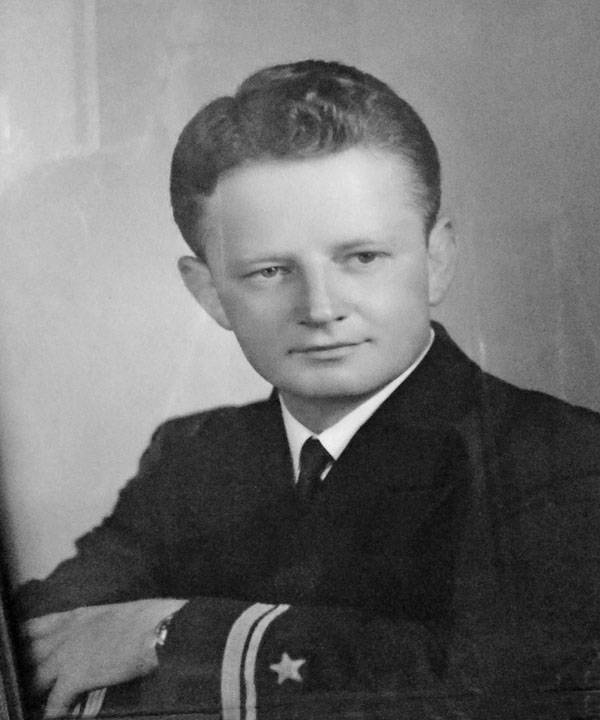
Clelia next received orders for Fort Eustis, Virginia. She remembers taking the train to this rural area that turned out to be an Army Post. Wondering why a Navy nurse was sent to an Army Post, she soon found out. It was shared by the Army, who garrisoned Prisoners of War, and the Navy, who ran the hospital. The POW’s made up of Germans, Italians and Japanese were housed in their own rectangular grounds. The buildings in the middle were surrounded by 12-foot fences and barbed wire. Each corner had guard towers manned with machine gunners. The German and Italian POW’s cooked meals, bussed tables, washed the dishes and did laundry for the Navy officers. Fort Eustis was spread over many acres which meant the nurses had a lot of walking to do to get from station to station. Clelia asked the Commander for bicycles for the nurses to get around the grounds, and he fortunately granted that request. She also recalls there weren’t alarm clocks in their rooms to wake them; the bugler woke them at 0600. She hated that bugler!
At this time, John and Clelia were serving in different states, but they made daily phone calls with each other. On one memorable call, he proposed to her. They were married on April 1, 1945, near Fort Eustis, but could not go on a honeymoon because her leave was canceled due to a large influx of incoming wounded.
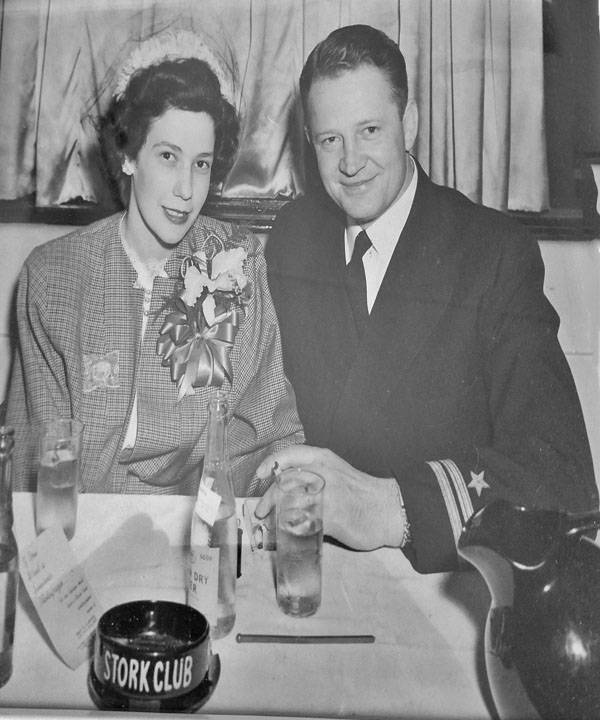
Clelia fulfilled her military service as a First Lieutenant in October of 1945 and stayed with John at St. Albans while he had back surgery. Keeping with their tradition to dine out, they celebrated their first anniversary at the Stork Club in New York City. Their first son, John, was born in 1946. When her husband John ended his Navy service as a Lieutenant in 1947, they moved to John’s hometown of East Chicago, Indiana. Clelia thought East Chicago was a part of Chicago and a big city, not a small town. She was a stay-at-home mother and their family grew when son Tom was born in 1951.
John was a mathematics teacher at Roosevelt High School in East Chicago. When their children were in school full time, Clelia renewed her nurse’s license and became a private duty nurse. She worked at St. Catherine’s Hospital as an ICU nurse and then worked at the Hammond Clinic as an Emergency Room nurse. She retired in 1975 to help care for her mother-in-law. John retired in 1978; they had homes both in Schererville, Indiana, and Arizona so they could spend the cold months away from the Midwest. When John passed away in 2004, he was buried at Arlington National Cemetery, Washington D.C. That was the last time Clelia was in Washington and she’s looking forward to returning.



